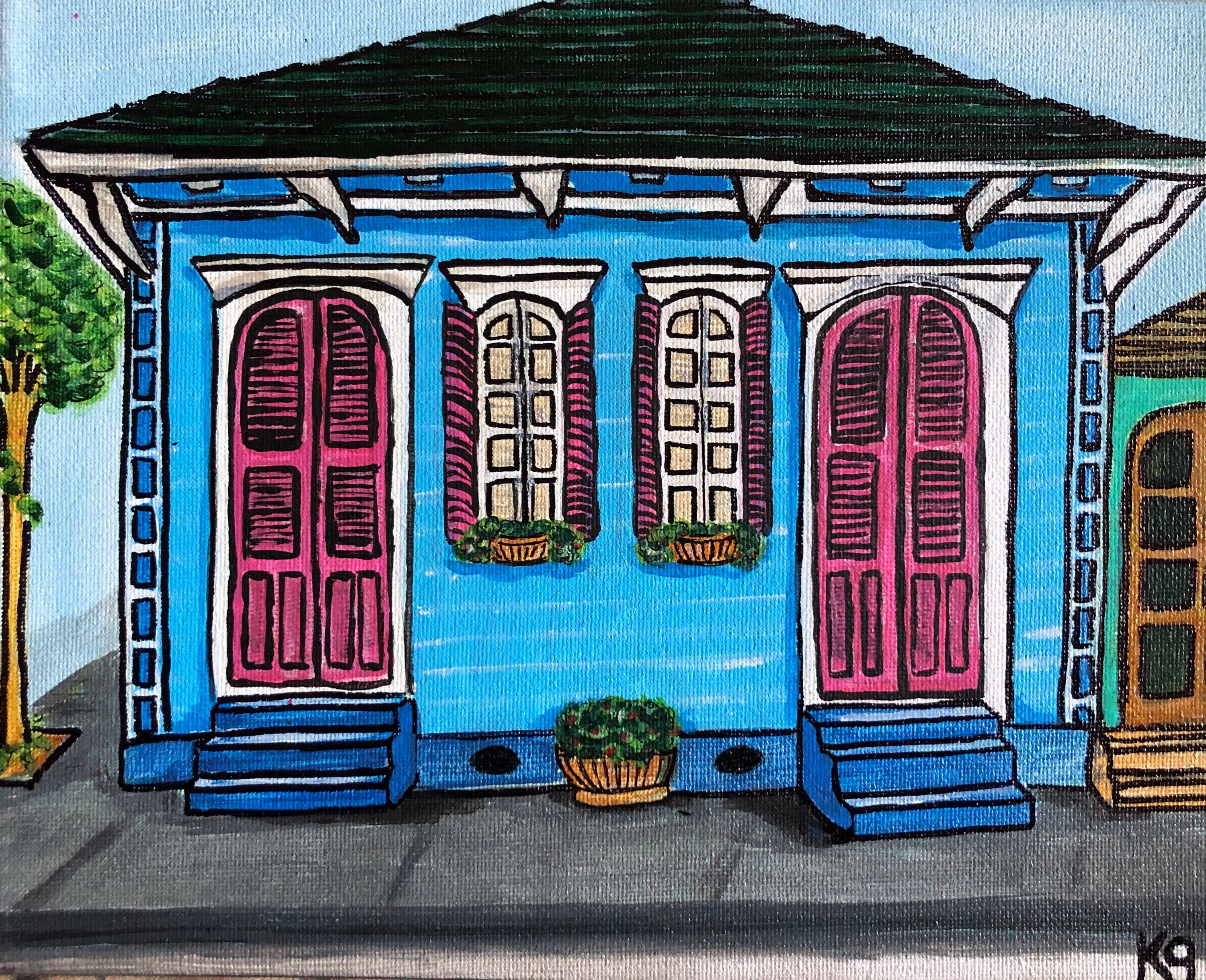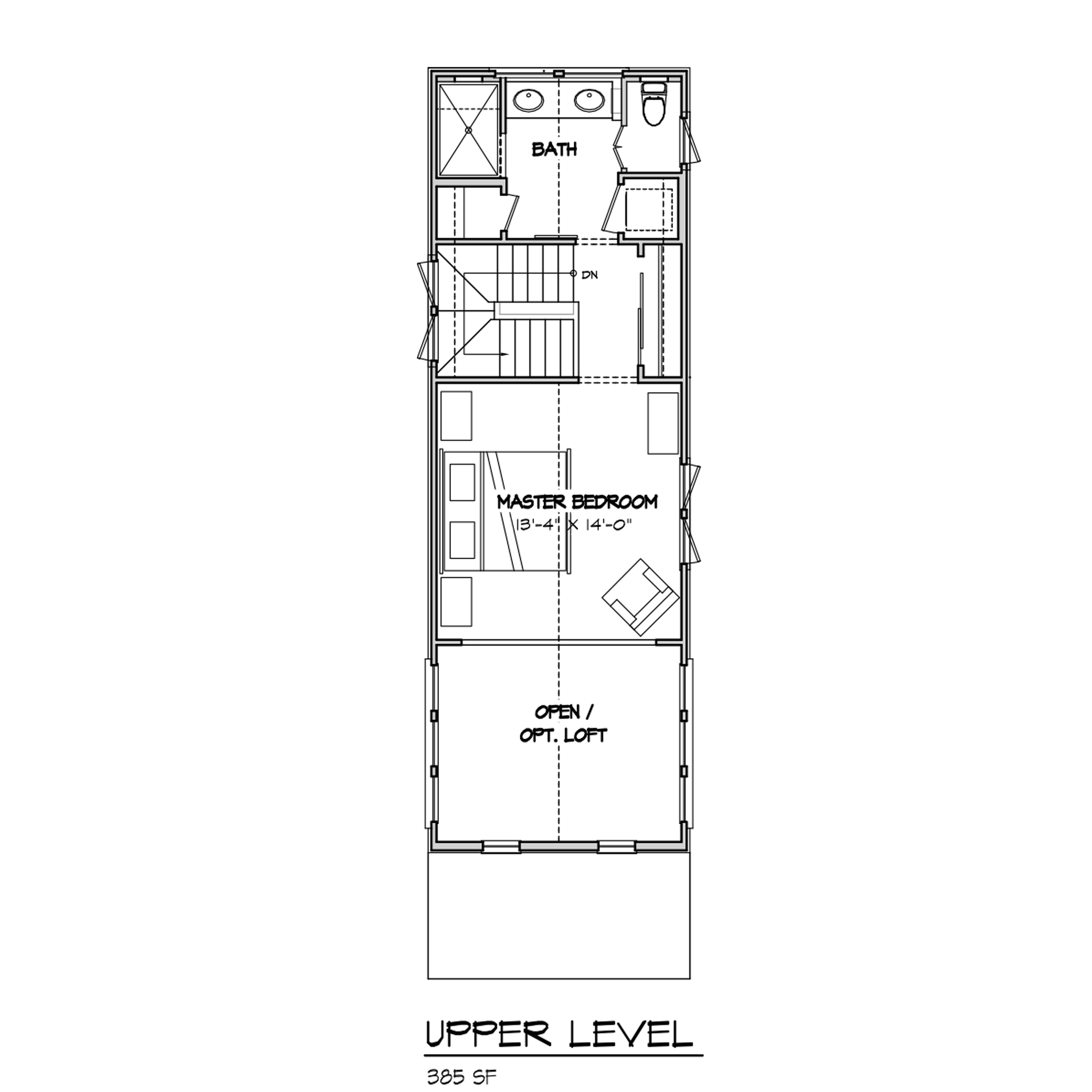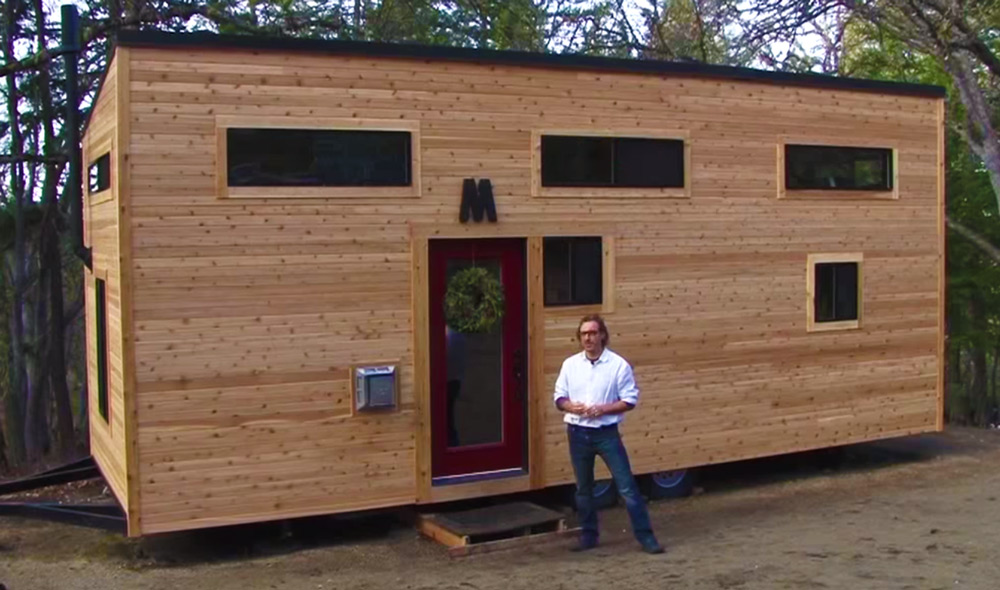Table Of Content

The exterior look of a shotgun-style house is generally composed of sides covered with wood and the use of bricks or stone on the facade. The facade of these shotgun-style homes has a gabled roof on the top and a tiny porch in its front as well. These homes were mainly built by keeping the principles of affordability and efficiency in mind. The style took birth in Haiti where West Africans slaved and the architecture of the homeland was defined by these shotgun-style homes. Later on, the concept was brought to New Orleans as a unique building style for the locality. The traditional building material for a shotgun house is wood, from the framing to the siding.
More in Architecture
For example, shotgun homes a couple of blocks away from the French Quarter in New Orleans bring in around $200 per night (or even more during Mardi Gras!). These nostalgic houses can be a great purchase, as long as buyers do their due diligence. Scholars in the field of vernacular architecture apply scientific names to this humble structure, its origins, and its future, but the shotgun doesn’t lend itself to high church language. The structure’s very simplicity has allowed the design to survive since its origins in West Africa, its passage through the Caribbean and to Haiti, and its ultimate landfall in New Orleans in the early 1800s.
What Is an Easement in Real Estate? A Guide for Homebuyers
By 1910, pattern books featured the California bungalow, or Craftsman-style house, which included designs almost indistinguishable from shotguns. New construction of shotgun houses waned in the 1920s, but many of the original structures still remain -- and are still inhabited. Others have been adopted and restored by preservation societies to serve as reminders of the role they served, not just in the African-American community, but in the U.S. as a whole.
Layout, Lore and Design of Shotgun Houses
As you walk inside a shotgun-style house, you need to walk through each and every room in order to reach the end of the house. Although their designs had simplicity and practicality embedded within them, these weren’t recognized till the 19th century. However, later on, these homes gained popularity and defined a colorful streetscape in New Orleans. Melissa enjoys using her experience as a house flipper, investment buyer, and waterfront home owner to help buyers and sellers thrive in the housing market. With the right location and proper research, these charming houses could be a great place to call home.
Now, according to research by Remington Ammunition, Minnesota, New Jersey and Massachusetts are the only three states where rifles can't be used widely for deer hunting. A bipartisan push for the change has earned support in the Senate, but there's still resistance in the House, where the tradition of outlawing rifles for deer hunting in more than a third of the state remains alive. As natural resource policy bills advance quickly this year in both chambers of the Legislature, there's still a chance for a breakthrough affecting the annual whitetail harvest — Minnesota's most popular form of hunting.
Review: I Stayed in the Shotgun House From 'Fixer Upper' - Business Insider
Review: I Stayed in the Shotgun House From 'Fixer Upper'.
Posted: Sat, 03 Sep 2022 07:00:00 GMT [source]
Period-authentic heart pine floors, rounded archways, and original fireplaces make this shotgun house a timeless treasure. The shotgun house design thrived in New Orleans following two disastrous fires in the late eighteenth century. Building codes required wooden houses to be narrow so that there was room between the houses built on small lots. According to O'Connor, double-barrel shotgun houses are two identical shotgun houses that share a center wall but still make up a single building.
The single shared bedroom can fit two beds, and a dining area is squeezes alongside the kitchen. Sky-high kitchen shelving doubles the room’s storage potential without minimizing living space. Shotgun houses may be small, but what they lack in square footage they certainly make up for in charm and style. The majority of these homes are clad in wood, which is often painted in a vibrant hue like blue, green, yellow, or teal. Many feature sweet details like spacious gabled front porches and charming gingerbread trim. Almost all shotgun houses are raised a few feet off the ground, which allows for airflow beneath the home and protects against minor flooding.

Despite the high ceilings, the fixed square footage limits what is possible with room arrangement and design. Furnishings can either overwhelm a space or be overcome by it, which does not lend itself to a homey atmosphere. The trick is to keep an open flow within each room, and there are several methods to achieve it. Partial wall options can include strategically placed furniture, semi-permanent room partitions, and fully framed and attached walls. These options range in practicality, expense, and level of privacy, which will ultimately influence your design choice.
With this design, shotgun houses found inventive ways of fitting all of the necessities without much square footage. At the time they were built, there was no indoor plumbing, so bathrooms didn't exist. For double the fun and functionality of the classic shotgun home, look no further than this brightly colored two-story duplex in New Orleans’ historic Marigny neighborhood. Whether you enter from the left or right side of the 3,200-square-foot sea-green abode, you’ll be greeted by a warm hardwood floor and open floor plan, as well as a kitchen stocked with all the modern amenities. Essentially two shotgun layouts mirror each other, sharing a common central wall. Though, conservationists who valued the historical and architectural significance of shotguns started to establish restoration plans in major cities across the country.
Which is great, because at the moment we're basically using all our families already. Remember to keep your Burgage Plots fairly close to your Well and Marketplace as they're important for your Approval Rating; and it's also a good idea to keep them close-ish to the Storehouse, Granary, and Logging Camp. Your overall goal is to expand your town and take over the map, but your smaller goals should really be dictated by your settlement levels. Hover over your settlement name at the top of the screen and you'll see the requirements needed to upgrade to the next settlement level.
This taupe shotgun home in New Orleans is replete with charming vestiges of the Victorian era, from the transom above the front door to the ornamental violet awning. Pine floors, ultra-wide double doors, and classic furnishings create an inviting ambiance that’s pairs perfectly with the old-house architecture. While urban renewal projects have resulted in the demolition of many shotgun houses, areas experiencing gentrification have seen efforts towards historic preservation and renovation of these homes. These types of shotgun-style homes are also known as camelback houses as these have a second floor nestled at the rear end of the house. This design choice is most easily accomplished in new constructions; in a remodel, building and plumbing costs could prove challenging. However, moving the two busiest rooms to the center allows access from both the front and back of the house.
While the shotgun house is appealing for its small footprint and flow-through design, creating a practical usage layout proves challenging. The back-to-back room placement leaves little room for privacy, especially if you access common use areas through bedrooms. Additionally, the original design with the kitchen in the back makes dining and entertaining impractical. The single shotgun is the traditional narrow layout, with 12 to 24 foot wide dimensions.
Hobbs said more than 100 people, mostly single parents, are on the waitlist for Canal Village, and that critics don’t understand how the project is benefiting the community in the long run. Several near northwest side organizations wrote to the Northwest Landing Neighborhood Association to share their concerns. This variation has a side entrance, often with a porch stretching along the side of the house. This offered a unique entryway and potentially more facade space for ornamentation. A loft on the upper floor looks down to the lower level rooms and makes it one of the most comforting nooks of the house. While the homes designed in the 1800s didn’t have bathrooms in the layout, the current designs have added them for enhanced functionality.
Built in the 1890s, the spacious shotgun is home to two bedrooms, two full baths, and an open floor plan that fits a kitchen, living and dining area. Don’t let the petite proportions of the exterior fool you; this demure blue shotgun house in Louisville has surprising depths. The energy-efficient abode boasts 2,712 square feet in total, including a recently added 1600-square-foot second floor.

No comments:
Post a Comment